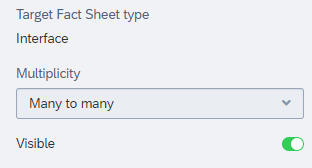Hi,
We have all app interfaces in Leanix but I was wandering: Did anyone also model/describe their ETL data interfaces in Leanix? Do you create interface factsheets for them too?
How do you do this then? Are there best practices?
Thanks in advance for the feedback!
Tim





